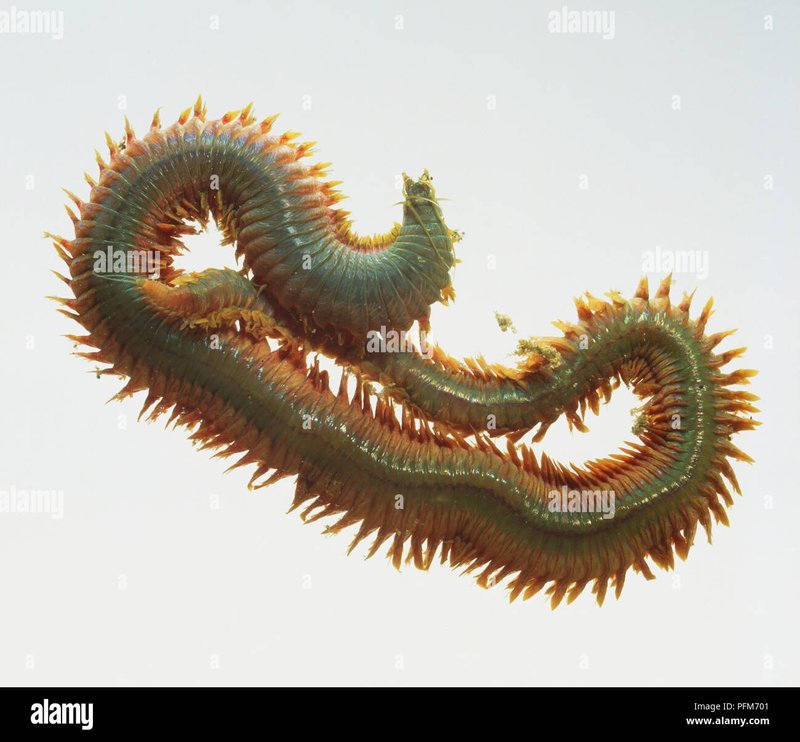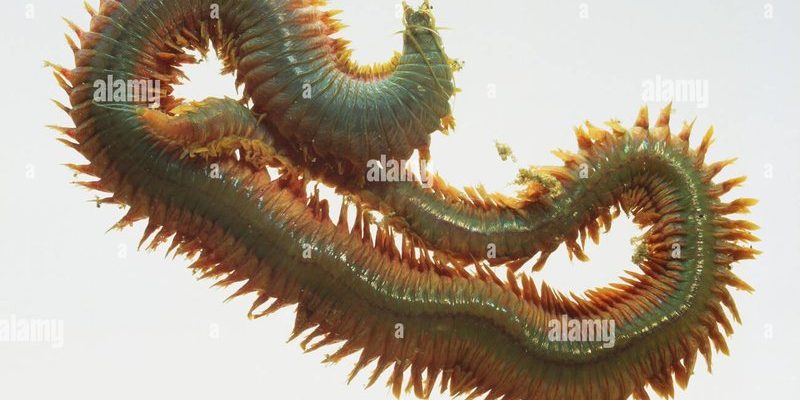
These segmented worms might not seem glamorous or get the same limelight as dolphins or eagles, but their influence is profound. Think about it: they’re like nature’s unsung heroes, tirelessly contributing to the health of our ecosystems. If you’re curious about how such a small creature can have such a big impact, keep reading.
What is Nereis Virens?
Nereis virens belongs to a group of marine worms known as polychaetes, characterized by their many bristles and lively movements. These worms can grow up to 10 inches long and are typically found in sandy or muddy substrates along coastlines. Their bodies are segmented, with each segment housing a set of bristles that help them navigate their environment.
Their vibrant appearance is often overlooked, but they exhibit a range of colors, from green to brown. This varied pigmentation allows them to blend in with their surroundings, helping them avoid predators. Nereis virens is also an important food source for many marine animals, making their role even more significant in the food web.
You might be wondering how these worms fit into the ecosystem puzzle. Well, they are not just passive residents; they actively modify their environments, contributing to nutrient cycling and soil structure.
The Role of Nereis Virens in Aquatic Ecosystems
In aquatic ecosystems, Nereis virens plays several crucial roles. First, they are excellent detritivores, meaning they feed on decomposing organic matter. By breaking down this material, they help recycle nutrients back into the ecosystem, making these nutrients available for other organisms. This process is essential for maintaining healthy water quality and supporting a balanced ecosystem.
Moreover, these worms aerate the seabed as they burrow and move. Think of it like a gardener tilling the soil. By creating tunnels, they allow water and oxygen to permeate the sediment, which benefits both plants and microorganisms. This aeration process is vital for the survival of many aquatic species, as it fosters a thriving habitat.
Lastly, as mentioned earlier, Nereis virens serves as a food source for various marine life, including fish, crabs, and birds. Their presence directly supports the food chain, contributing to the overall health of marine ecosystems.
Nereis Virens and Soil Ecosystems
When it comes to soil ecosystems, Nereis virens is not limited to just aquatic environments. These worms can also thrive in intertidal zones where soil meets water, further illustrating their adaptability. In these settings, they help improve soil structure and fertility.
As they burrow into the soil, they break up compacted layers, allowing air and water to penetrate deeper. This activity encourages plant roots to grow stronger and reach further down into the soil. It’s like giving plants a boost in their quest to access vital nutrients and moisture.
Their feeding habits also contribute to soil health. By consuming decaying organic material, they help decompose it, which adds nutrients back into the soil. This process enhances soil quality and promotes biodiversity, essential for thriving ecosystems.
If you’re a gardening enthusiast, you might be happy to know that the benefits of having creatures like Nereis virens in your soil can lead to healthier plants and lush gardens.
Impact of Environmental Changes on Nereis Virens
Environmental changes, such as climate change and pollution, can significantly affect Nereis virens populations. Warmer ocean temperatures and increased acidification can disrupt their habitats, making survival more challenging. This decline can have a ripple effect on the entire ecosystem since their roles as decomposers and aerators are crucial.
Pollution, including heavy metals and plastic waste, poses a direct threat to their existence. These contaminants can accumulate in their bodies, leading to health issues and decreased populations. The decline in Nereis virens can negatively impact marine life that relies on them for food and ecosystem services.
Additionally, habitat destruction from coastal development can lead to reduced habitats for these important worms. Protecting their natural environments is vital for maintaining biodiversity and stability in both soil and aquatic ecosystems.
Human Uses of Nereis Virens
Interestingly, Nereis virens isn’t just a key player in ecosystems; it also has valuable uses for humans. Fishermen often use these worms as bait due to their attractiveness to various fish species. Their effectiveness as bait highlights their ecological importance as a food source in the food web.
Beyond fishing, they are also studied in scientific research. Their unique biology and behaviors can offer insights into broader ecological questions and challenges. Understanding how they contribute to their ecosystems can help researchers develop better conservation strategies.
As the world faces environmental changes, studying organisms like Nereis virens can illuminate how ecosystems function, and how to protect them effectively.
Conservation and Future Outlook
Protecting Nereis virens and their habitats is essential for the health of our planet. Efforts to combat pollution and habitat destruction can benefit these worms and the overall health of aquatic and terrestrial ecosystems. Sustainable practices in fishing and coastal development can help safeguard their populations and habitats.
As awareness grows about the ecological roles of smaller creatures, there’s hope that more people will appreciate their importance. Restoring and preserving coastal areas can enhance the resilience of local ecosystems, including Nereis virens.
Here’s the thing: every species, no matter how small, contributes to the rich tapestry of life on Earth. By recognizing and protecting Nereis virens, we help ensure the health of many other species that depend on them.
Nereis virens might be small, but its impact on soil and aquatic ecosystems is anything but insignificant. From nutrient recycling to soil aeration, these worms play essential roles that support a wide range of life forms. As we navigate the challenges of environmental changes, it’s crucial to remember the interconnectedness of all species and the vital roles they play.
By understanding and protecting Nereis virens, we take a step toward fostering healthier ecosystems. After all, in the intricate web of life, every thread counts, and every creature has its part to play. So, let’s appreciate these little heroes and their contributions to our world.

